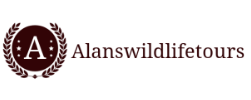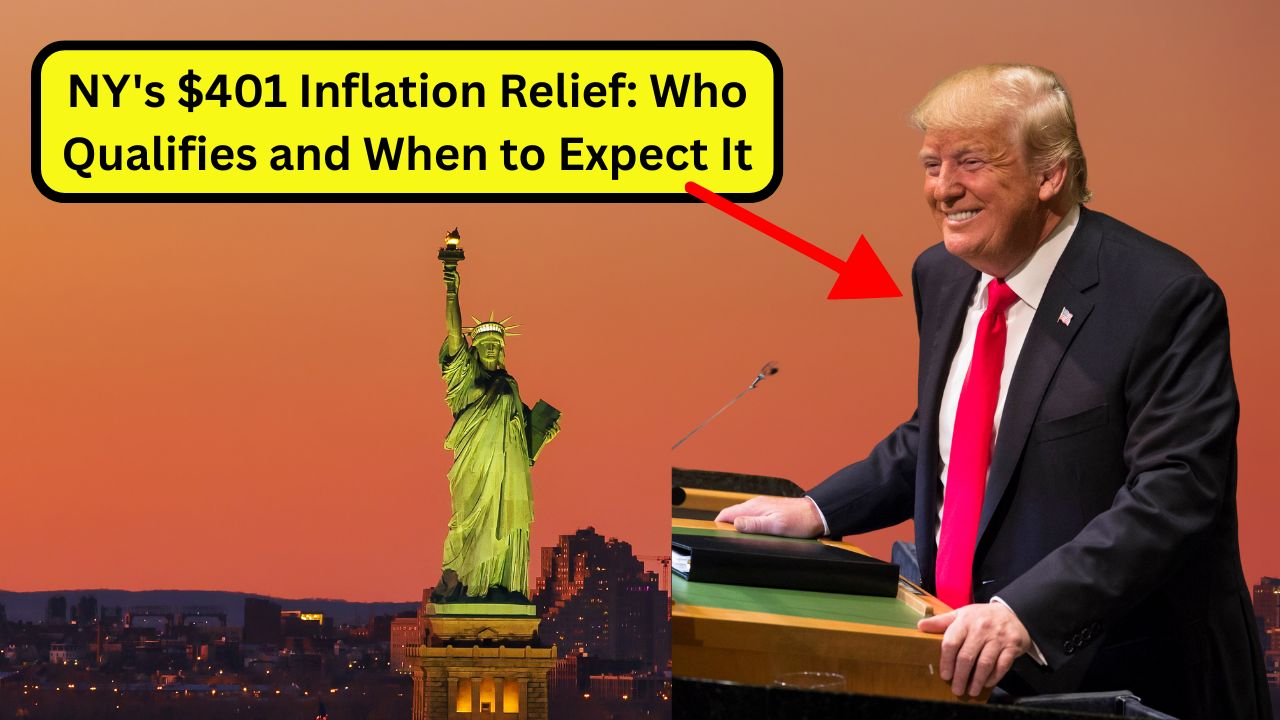The Empire State is stepping up to help residents combat the rising cost of living with a groundbreaking initiative that will put money directly back into the pockets of working families. Governor Kathy Hochul announced that inflation refund checks up to $400 will be sent this fall to 8.2 million households across New York State. This marks the state’s first-ever inflation relief program, designed specifically to address the financial strain that New Yorkers have experienced as prices for everyday necessities continue to climb.
The announcement comes at a critical time when families across the state are feeling the pinch of inflation on everything from groceries to gasoline. What makes this program particularly noteworthy is its automatic nature – eligible residents don’t need to apply, sign up, or take any action whatsoever to receive their payment. The state will handle everything based on information already available from previously filed tax returns.
Understanding the Economic Context Behind the Relief Checks
The decision to implement these inflation relief payments stems from a unique economic situation. Inflation has driven the costs of everyday necessities higher and as a result, the State’s revenue from the collection of sales tax has also increased. Governor Hochul recognized that this additional revenue essentially came from New Yorkers paying more for the same goods and services, making it appropriate to return these funds to the families who generated them.
This approach reflects a broader understanding of how inflation impacts state finances. When prices rise, consumers pay more sales tax on the same purchases, effectively increasing state revenue without any policy changes. Rather than simply absorbing these additional funds into the general budget, New York has chosen to view this as an opportunity to provide direct relief to residents who are struggling with increased costs.
The timing couldn’t be more crucial. Recent economic data shows that while inflation has moderated from its peak levels, many essential goods remain significantly more expensive than they were just a few years ago. Housing costs, food prices, and energy expenses continue to strain household budgets across the state, making these relief payments a welcome development for millions of families.
Detailed Eligibility Requirements and Income Thresholds
You are eligible for a refund check if, for tax year 2023, you: filed Form IT-201, New York State Resident Income Tax Return; reported income within the qualifying thresholds below; and were not claimed as a dependent on another taxpayer’s return.
The eligibility criteria are straightforward but specific. To qualify for these inflation relief payments, you must have been a full-year New York State resident during the 2023 tax year. This means you cannot have been a part-year resident or a non-resident for tax purposes. Additionally, you must have filed a complete New York State income tax return for 2023, specifically Form IT-201.
The income thresholds vary significantly based on your filing status, ensuring that relief reaches working families while targeting those who need it most. For joint filers, those who had a state adjusted gross income of less than $150,000 will get $400. Those who made $150,000.01 to $300,000 will get $300. This tiered approach ensures that even middle-income families receive some assistance, while providing maximum support to those with lower incomes.
For single filers, the structure is proportionally adjusted. An individual filer who had a state adjusted gross income of $75,000 or less will get $200. Someone who made $75,000.01 to $150,000 will get $150. This scaling system recognizes that single-person households have different financial pressures compared to joint filers, while still providing meaningful relief across income levels.
It’s important to note that the income figures used for determining eligibility are based on your New York State adjusted gross income, which appears on line 33 of Form IT-201. This figure may differ slightly from your federal adjusted gross income due to various state-specific deductions and additions.
Distribution Timeline and Payment Methods
Checks will be mailed over a period of several weeks beginning in mid-October of 2025. The state has chosen to stagger the distribution process to manage the enormous logistical challenge of sending payments to over 8 million households simultaneously.
The distribution method will depend on how you received your 2023 tax refund. If your income tax refund was directly deposited, you will still receive an inflation refund check. Unlike regular tax refunds, these inflation relief payments will be sent as physical checks regardless of whether you typically receive direct deposits. This decision was made to ensure maximum security and to provide recipients with a tangible record of the payment.
The state has indicated that the mailing process will continue through November, with most recipients expected to receive their checks within this timeframe. Given the massive scale of this operation, some variation in delivery times is expected, but the Department of Taxation and Finance has committed to processing all eligible payments within this window.
For those concerned about the status of their payment, the state will provide tracking mechanisms through their official website. However, officials emphasize that patience will be necessary given the unprecedented scale of this distribution effort.
Broader Impact on New York’s Economic Landscape
The inflation relief check program represents just one component of a comprehensive approach to making New York more affordable for working families. The total investment in these direct payments amounts to approximately $2 billion, representing one of the largest direct cash assistance programs in the state’s history.
Beyond the immediate relief checks, the state budget includes several other initiatives designed to reduce financial pressure on families. The Child Tax Credit has been significantly expanded, now providing up to $1,000 per child under age four and $500 for children aged four through sixteen. This expansion will benefit an estimated 1.6 million families across the state.
Additionally, the budget includes provisions for universal free school meals, eliminating income eligibility requirements and ensuring that all 2.7 million students in New York have access to free breakfast and lunch. This change alone could save families hundreds of dollars per child each year.
Tax cuts for middle-class families represent another significant component of the relief package. The state has implemented reductions that will bring tax rates to their lowest levels in 70 years for many New Yorkers. When combined with the inflation relief checks and other benefits, state officials estimate that typical families could save nearly $5,000 annually.
Economic Research and Similar Programs Nationwide
New York’s inflation relief program joins a growing trend of states implementing direct cash assistance to combat rising costs. California previously implemented a Middle Class Tax Refund program, while other states have explored similar initiatives using budget surpluses or federal funding.
Economic research on direct cash payments generally shows positive outcomes for recipient families. These payments tend to be spent quickly on essential needs like housing, food, and healthcare, providing immediate economic stimulus while addressing urgent financial pressures. The targeted nature of New York’s program, focusing on working families rather than universal distribution, aligns with research suggesting that means-tested assistance provides the greatest benefit per dollar spent.
The program also reflects broader economic policy discussions about the appropriate government response to inflation. While monetary policy tools like interest rate adjustments remain the primary federal approach to controlling inflation, state-level fiscal policies can provide targeted relief without significantly impacting overall price levels.
Critics and supporters of such programs often debate their long-term effectiveness and potential inflationary impacts. However, the relatively modest size of New York’s program compared to the state’s overall economy suggests that any macroeconomic effects will likely be minimal.
Practical Considerations for Recipients
While the automatic nature of the program eliminates most administrative burdens for recipients, there are still some practical matters to consider. Recipients should ensure that their mailing address on file with the Department of Taxation and Finance is current and accurate. If you’ve moved since filing your 2023 tax return, updating your address could prevent delays in receiving your payment.
The checks will be clearly identifiable as official New York State payments, helping recipients distinguish them from potential scams or fraudulent communications. The state has emphasized that no personal information or additional verification will be required beyond what was already provided on tax returns.
For families with complex tax situations, such as those who amended their 2023 returns or had processing delays, there may be some uncertainty about eligibility timing. The Department of Taxation and Finance has indicated that they will work to address these situations on a case-by-case basis.
Banking considerations are also important for recipients who plan to deposit their checks quickly. While the state has implemented security measures to prevent fraud, recipients should still follow standard precautions when depositing government checks, including verifying the authenticity of the payment and using secure banking channels.
Looking Ahead: Future Relief and Policy Implications
The success of New York’s inflation relief check program could influence policy decisions both within the state and nationally. If the distribution process proceeds smoothly and provides meaningful relief to families, it could serve as a model for other states considering similar initiatives.
The program’s design also sets precedents for how states might respond to future economic challenges. The automatic distribution mechanism, income-based scaling, and integration with existing tax systems demonstrate sophisticated approaches to delivering targeted relief efficiently.
Future economic conditions will likely influence whether similar programs are implemented in subsequent years. If inflation remains elevated or if other economic pressures emerge, the infrastructure developed for this program could facilitate rapid response with additional relief measures.
The political implications are also significant, as the program represents a major policy achievement for Governor Hochul and demonstrates the state’s commitment to addressing cost-of-living concerns. The program’s reception among voters and its perceived effectiveness could influence future policy priorities and budget allocations.
Frequently Asked Questions
Q: What should I do if I haven’t received my inflation relief check by December 2025?
A: If you believe you’re eligible but haven’t received your check by the end of November, first verify your eligibility using the income thresholds and residency requirements. Ensure your mailing address is current with the Department of Taxation and Finance. If everything appears correct, contact the department at 518-457-5181 for individual assistance. Keep in mind that some delays may occur due to mail processing or address issues, so allow extra time before inquiring.
Q: Will receiving an inflation relief check affect my eligibility for other government benefits or programs?
A: These inflation relief checks are designed as tax refunds rather than income, which typically means they won’t count toward income limits for most federal and state benefit programs. However, specific rules can vary depending on the program. If you receive benefits like SNAP, Medicaid, or housing assistance, it’s advisable to check with those program administrators about how the payment might be treated, though in most cases it should not affect eligibility.
Q: Can I receive an inflation relief check if I owe back taxes or have other debts to New York State?
A: The amount of your inflation refund will not be applied to any outstanding debts. This means that unlike regular tax refunds, which can be offset against tax debts or other state obligations, your inflation relief check will be sent to you in full regardless of any outstanding amounts you may owe. This policy ensures that the relief reaches families who need it most, even if they have previous tax obligations.

